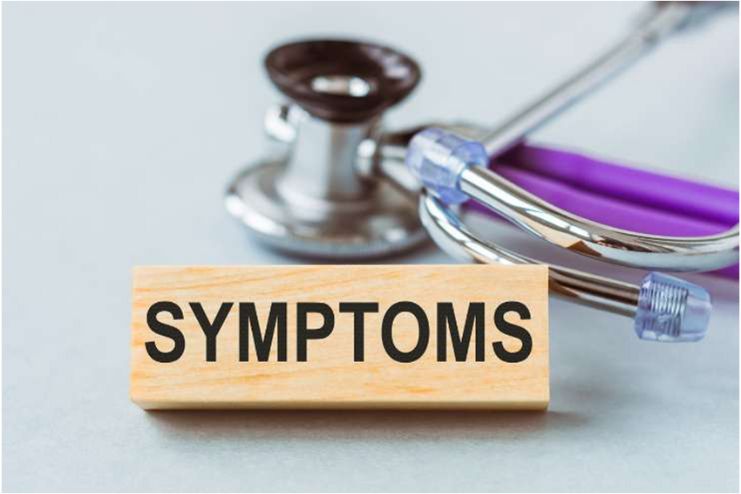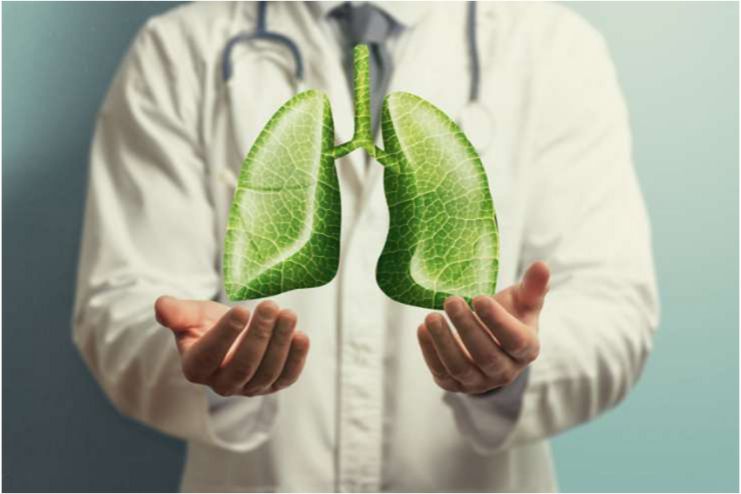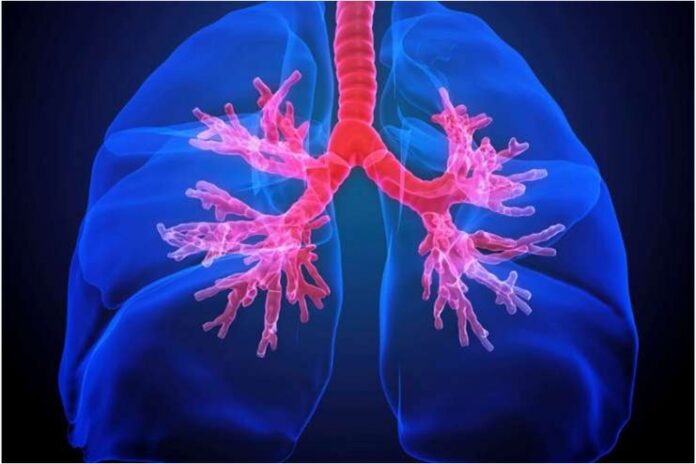Affiliate Disclaimer
Some links in this article are affiliate links. We may earn a small commission if you make a purchase through these links, at no extra cost to you. We only recommend products we find useful to our readersThink of your lungs as sponges made to expand and contract, quickly absorbing the oxygen essential for life. Imagine them filling with fluid rather than air; this is the essence of pleural effusion and pulmonary edema.
Edema occurs when fluid leaks from inner blood vessels into the surrounding organs, causing swelling. Edema mainly occurs due to two crucial reasons: too much pressure on the blood vessel and insufficient protein, which is needed to hold the fluid to the plasma.
When fluid builds up in the lungs, it interferes with their regular function, causing tightness in the chest, shortness of breath, and, if untreated, potentially fatal consequences. Early detection of fluid accumulation enhances results and provides access to additional treatment alternatives, including medication, lifestyle modifications, and medical treatments.
Understanding Fluid Accumulation in Lungs
Pulmonary edema occurs when fluid begins to collect in the alveoli—tiny, air-filled sacs in your lungs responsible for the crucial exchange of oxygen and carbon dioxide. Under normal conditions, the thin walls of the alveoli prevent water from entering, but pulmonary edema disrupts this balance.
The resulting fluid build-up hampers oxygen absorption, leading to difficulty breathing and poor blood oxygenation. Often referred to as “water in the lungs,” this condition can escalate quickly, potentially leading to heart failure and other severe complications if not addressed promptly.
While medical treatments are widely available, many use natural remedies as a safer, complementary approach.
Symptoms

Early detection of the symptoms of lung fluid can save lives. Here are some things to be aware of:
Early symptoms:
- Difficulty breathing or severe dyspnea that worsens when you move or lie down.
- A drowning or suffocating sensation that gets worse when you lie down.
- An irregular or fast heartbeat.
- Clammy & cold skin.
- Gasping for air or wheezing.
Severe Symptoms:
- Weariness
- More dyspnea than average during physical activity.
- Quick weight increase.
- Increase of swelling in the foot and leg.
Causes of Fluid In Lungs

Common causes of fluids in the lungs are as follows
- Some medications
- The arteries which supply blood to the kidneys are narrow.
- Failure of the kidneys.
- Heart attacks or other cardiac conditions.
- Lung damage caused by severe illness.
- Severe blood sepsis or infection-induced blood poisoning.
How to Clear Fluid From Lungs Naturally?

As mentioned earlier, fluid in the lungs or pulmonary edema can be cured with the help of a few natural remedies. If used properly, these remedies do not contain any side effects. Some of the effective natural remedies to cure fluid from the lungs are listed below.
1. Intake of Nutritious Foods
You should increase your intake of nutritious foods because they can improve lung health. Consuming foods rich in antioxidants, such as fresh fruits, green vegetables, and grains, is one way to combat free radicals and minimize inflammation in the lungs.
2. Effective Exercises
When you exercise, your muscles have to work harder, which speeds up your breathing and gives your muscles more oxygen. Additionally, it increases circulation, which increases the body’s ability to eliminate the extra carbon dioxide produced during exercise. Before beginning a new workout program, speaking with a healthcare provider is best.
3. Deep Breathing Exercises
Deep breathing techniques, such as diaphragmatic breathing or slow and deep breaths, can be used to clean the lungs naturally. In addition to increasing lung capacity, deep breathing helps remove mucus and poisons trapped in the lungs.
4. Percussion
Also referred to as chest physiotherapy or chest clapping, percussion is a treatment that helps dislodge and loosen mucus from the lungs so that coughing can remove it. This gentle yet efficient technique can improve lung cleansing and lower inflammation when combined with postural drainage and regulated coughing.
5. Essential Oils
Adding fragrant herbs and essential oils to your lung cleansing regimen can be calming and restorative. Compounds like cineole and menthol, found in essential oils like eucalyptus, peppermint, and rosemary, have expectorant and anti-inflammatory qualities. To help cleanse nasal passages and alleviate congestion, consider adding a few drops of these essential oils to a bowl of hot water and breathing in the steam.
6. Massage Therapy
Proper massage therapy is also recommended to remove water from the lungs naturally. Massage therapy also helps maintain stable blood circulation. Opting for aromatic oils such as clove, mustard, eucalyptus, and garlic oil is also highly beneficial.
7. Steam Inhalation
Steam warms and moistens the air, which may facilitate better breathing and help remove mucus from the lungs and airways. Inhaling water vapor can also make breathing more accessible and provide instant comfort.
Simply fill a large pan with boiling water and add a few aromatic tea bags, like chamomile or peppermint. Cover your head with a towel while inhaling the vapors. Perform this therapy for at least two minutes to get the best results.
8. Cough Therapy
Proper cough therapy helps eliminate fluid and mucus in the lungs. However, excessive coughing may put too much pressure on the lungs’ walls.
Just sit relaxed and breathe in normally. Then, you should release some air with full force. Repeat the process 3-4 times before starting it again. This will help release fluid and mucus from the lungs.
When to See a Doctor

Specific indications of lung fluid necessitate prompt medical intervention. Don’t take your time with severe dyspnea, fast breathing, or chest pain that gets worse over time. Confusion, lightheadedness, and cyanosis (bluish lips or skin) are other warning signs of dangerously low oxygen levels.
Once the initial problem has been resolved, long—term care becomes crucial. Frequent examinations aid in monitoring underlying diseases like kidney or heart problems, which may cause fluid accumulation. Follow-up care may include regular diagnostic tests, medication, or lifestyle changes to prevent recurrence.
Conclusion
Lung fluid is a dangerous condition that requires immediate treatment. Early intervention is crucial for identifying initial symptoms like chest pain and shortness of breath, as well as more severe signs like cyanosis and confusion. Addressing the underlying cause—whether through medical interventions or lifestyle changes—ensures better outcomes.
In addition to traditional treatments, effective natural remedies help remove fluid from the lungs. By following these techniques, you can eliminate the excess water from your lungs and reduce the risk of future complications, promoting better long-term respiratory health.
-
Nov 2017Written by Prajakt
-
Dec 2024Edited by Ankita
References
- https://www.mayoclinic.org/diseases-conditions/pulmonary-edema/symptoms-causes/syc-20377009
- https://www.webmd.com/lung/the-facts-about-pulmonary-edema
- https://www.medicalnewstoday.com/articles/167533#treatment
- https://www.healthline.com/health/pulmonary-edema#causes
- https://www.pennmedicine.org/for-patients-and-visitors/patient-information/conditions-treated-a-to-z/pulmonary-edema
- https://www.medicalnewstoday.com/articles/324483#ways-to-clear-the-lungs
- https://www.herminahospitals.com/en/articles/10-cara-mudah-membersihkan-paru-secara-alami.html
In this Article















